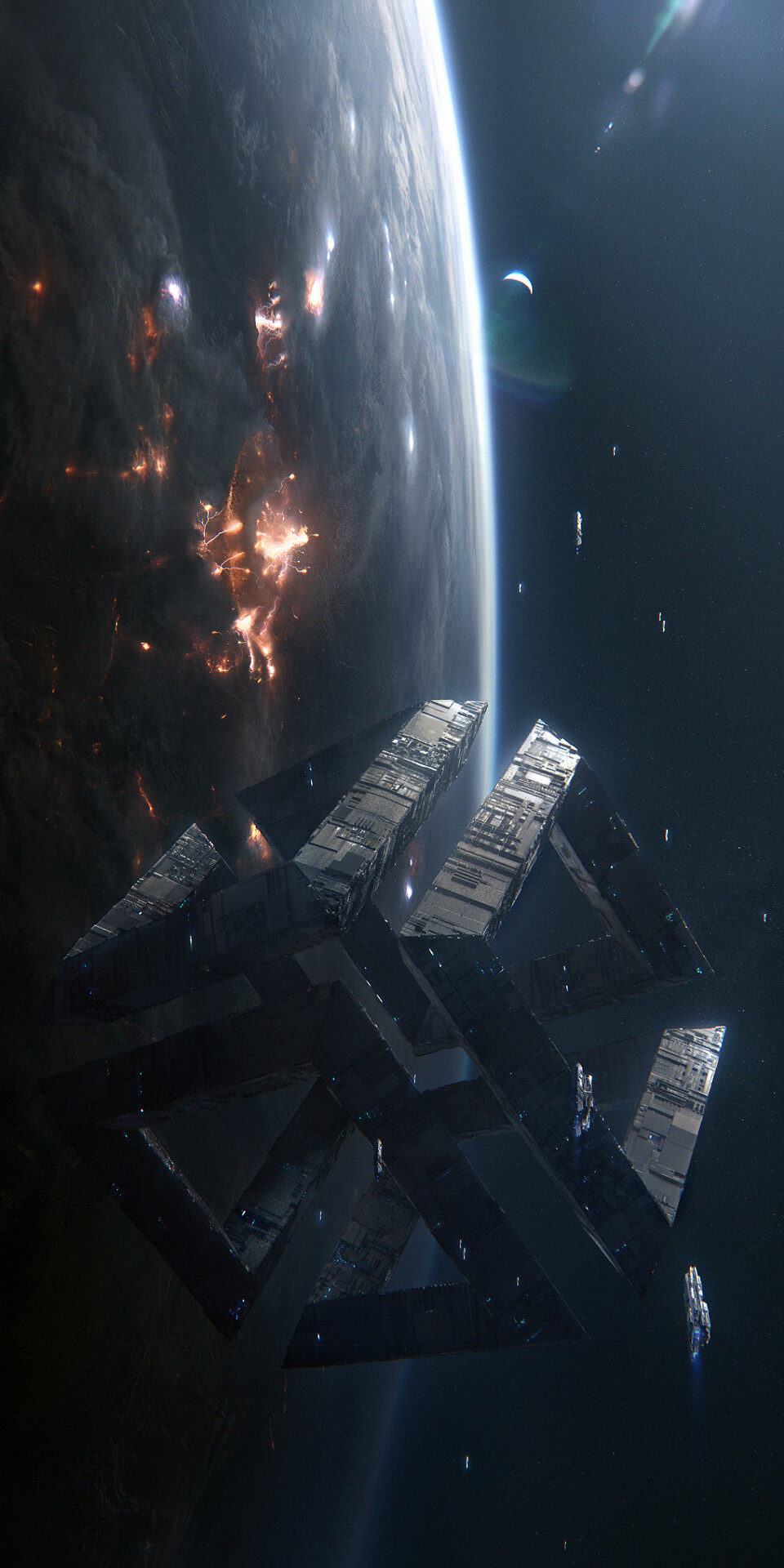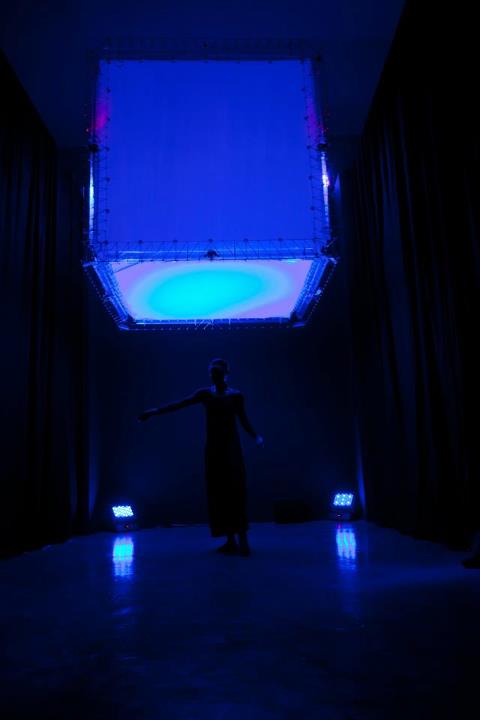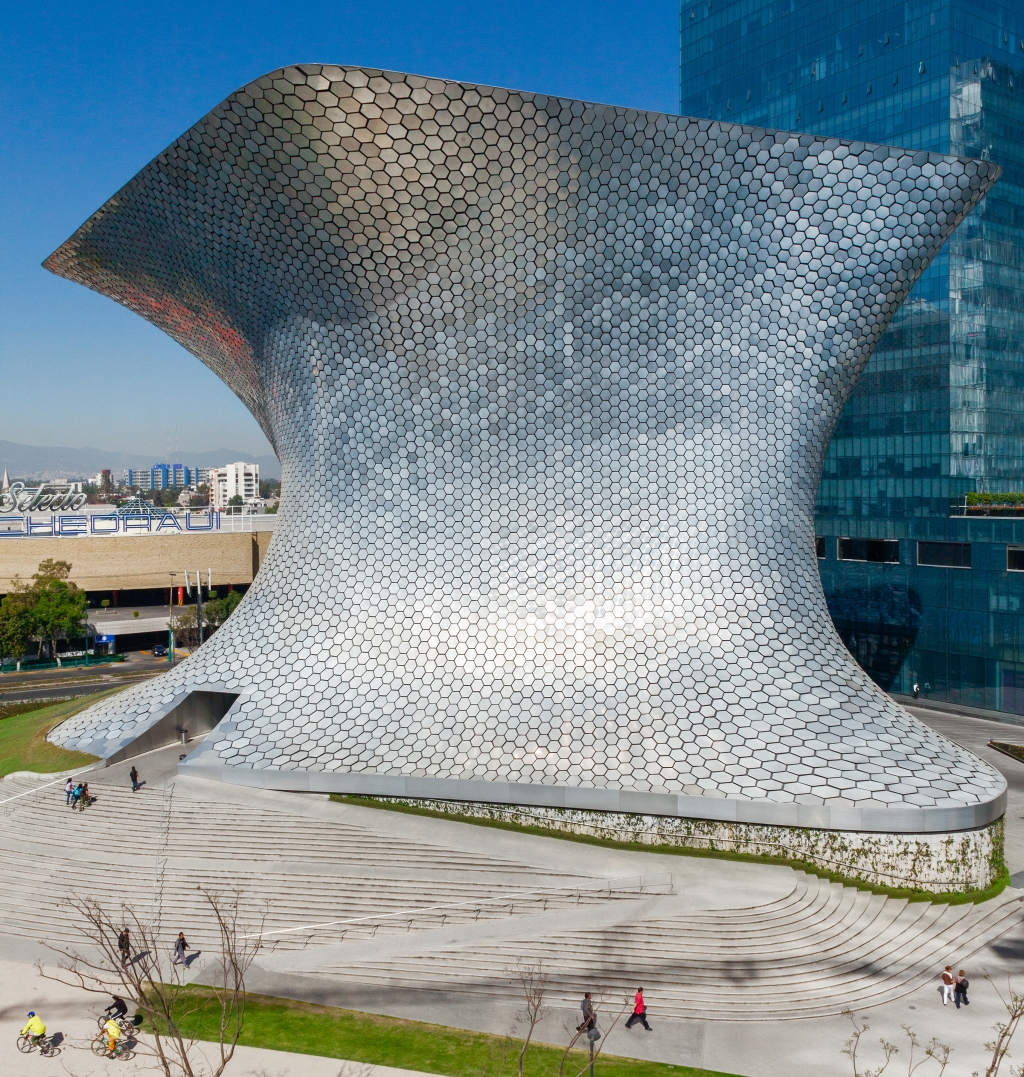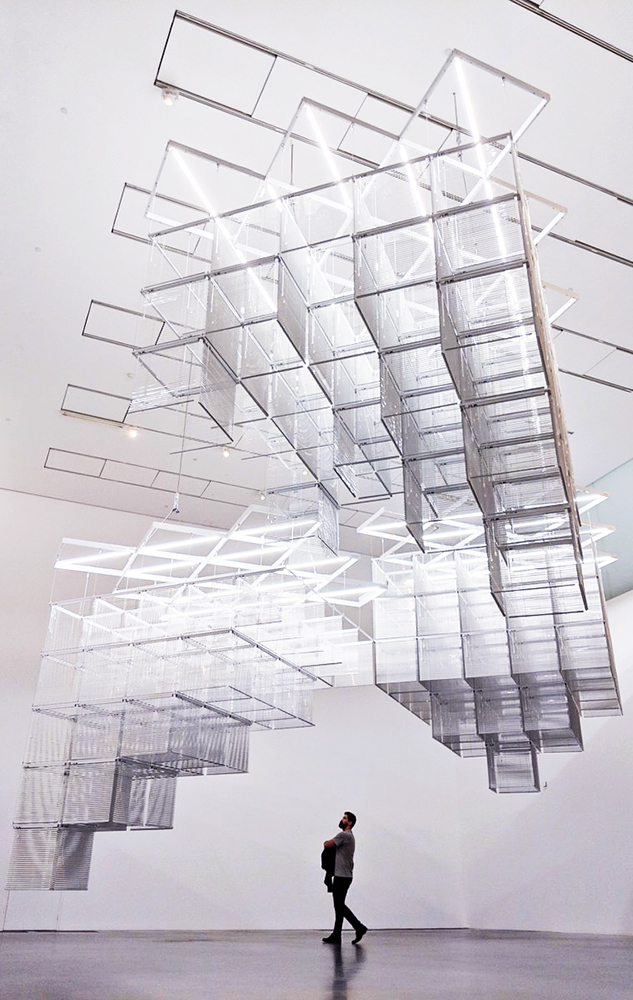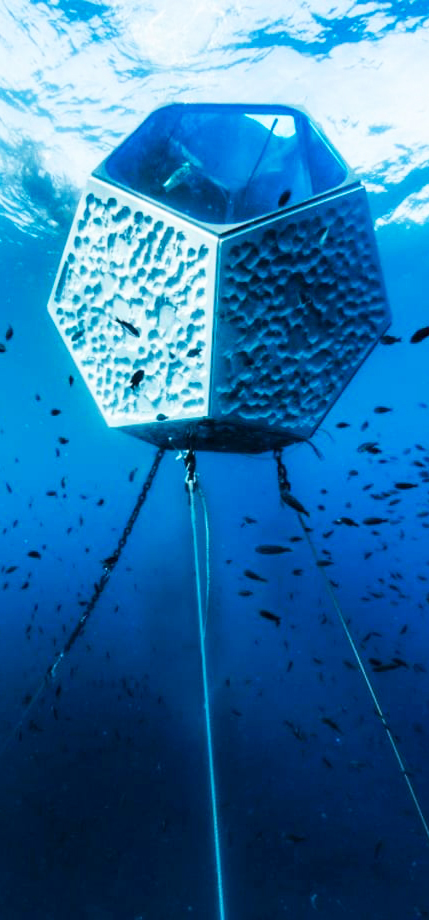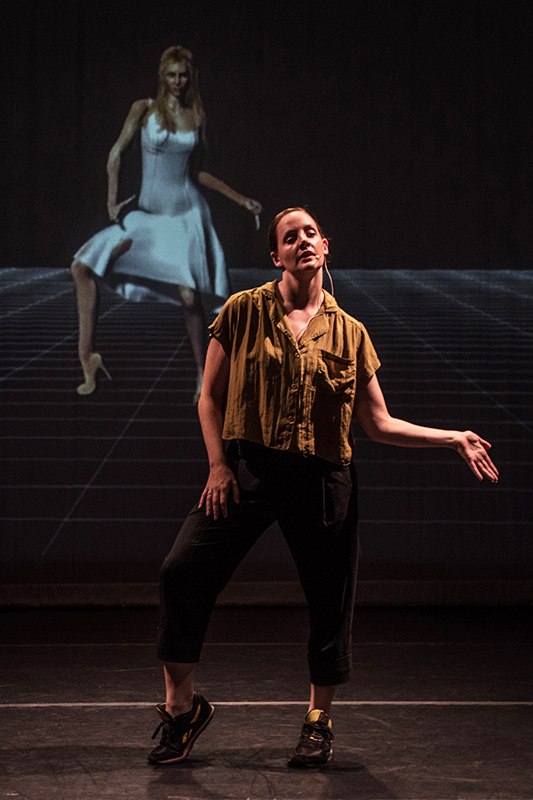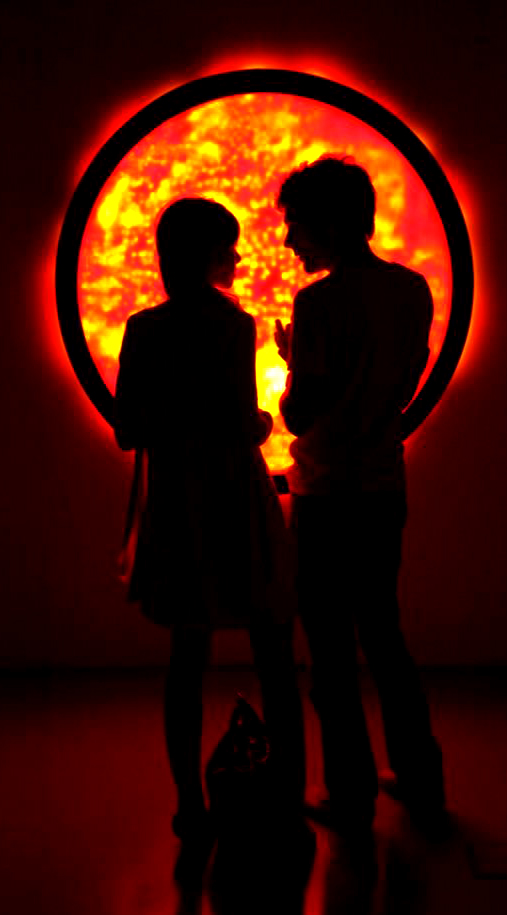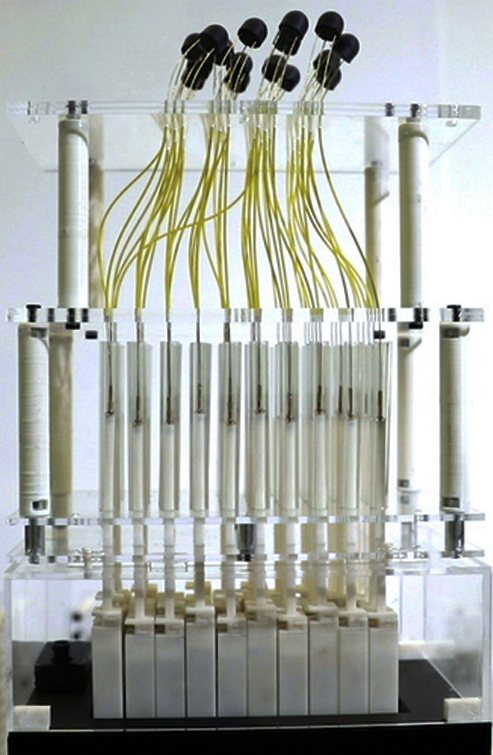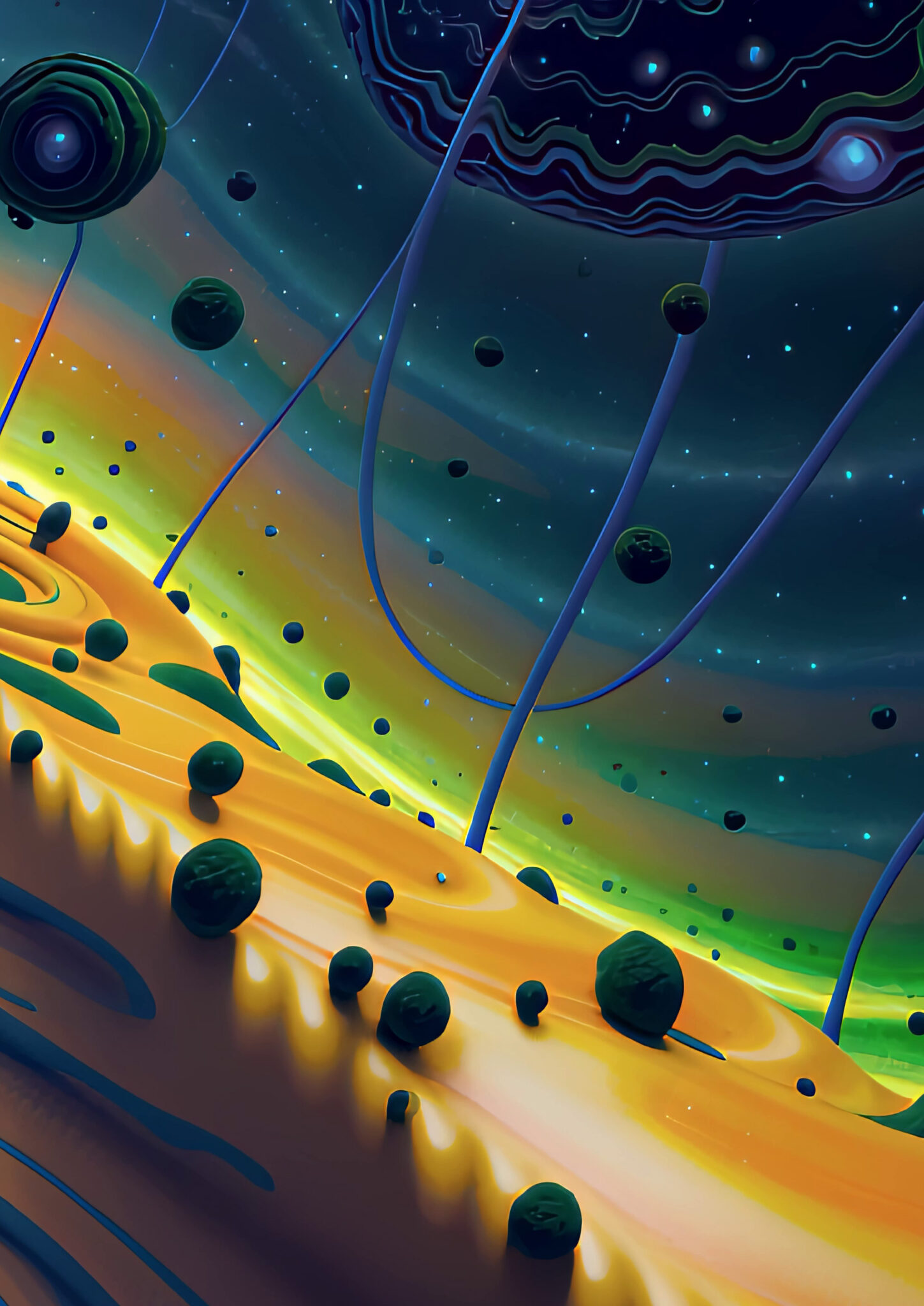
QUBIT AI: Michael Sadowski (aka derealizer)
Distortions of The Past
FILE 2024 | Aesthetic Synthetics
International Electronic Language Festival
Michael Sadowski (aka derealizer) – Distortions of The Past – Austria
Fractal elements that resemble cosmic structures evoke the illusion of traveling through a fractal universe. Rules, in the form of prompts, and chance interact with each other to create a visual fantasy.
Bio
Using Stable Diffusion, a visual synthesizer, the artist turns fantasies into videos using just a PC, similar to the invention of printing 600 years ago. Exploring the interplay between software algorithms that create visual worlds and the artist’s mind guiding this process is incredibly exciting. Unlike traditional cinema, there is no ‘reality’ or humans involved, making it a satisfying medium for creating visual art.
Credits
Visuals: Michael Sadowski
Music: Distortions of the Past by Dreamstate Logic




